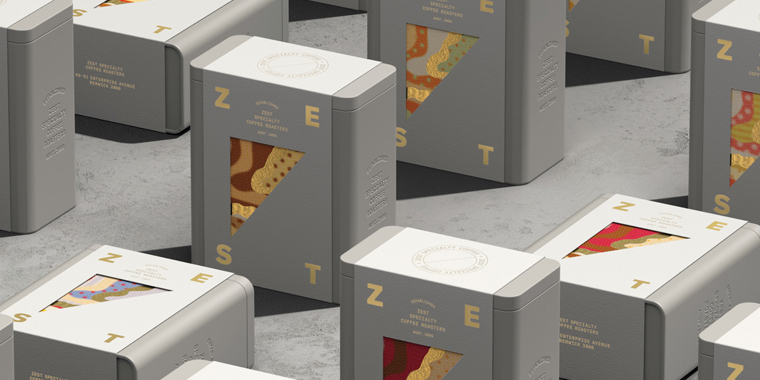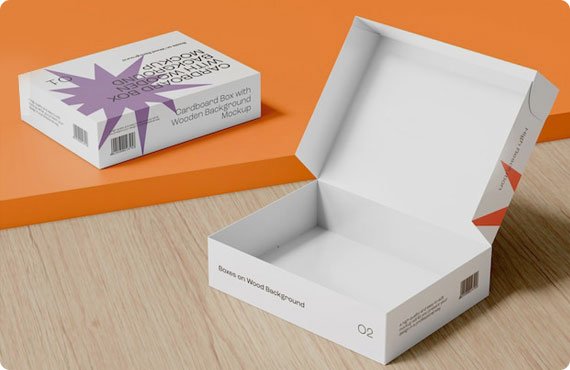January 14, 2025

When you watch the shine and classy look on certain packaging or the sheer elegance of some custom boxes, chances are, you were looking at the elegance of hot foil stamping. Foil stamping is the art, the technicality, and the quality, that is designed on the packaging boxes to show its magic. It is not a new concept; it has a long history. It requires different materials and different foils than traditional stampings. Welcome to our Ultimate 101 Course on Hot Foil Stamping, where we'll delve into the fascinating history, materials, processes, and myriad benefits of this intricate printing technique.

Hot foil stamping isn't a modern marvel. It has a rich history dating back to ancient Egypt. In those ancient times, technicians would laboriously beat gold into incredibly thin sheets, which were then delicately applied to papyrus to create a lustrous finish. This painstaking process was reserved for only the most prestigious written records, often gracing the pages of royal or religious texts. Fast forward to the invention of the printing press, and foil stamping evolved. It included hand-set lettering or custom-engraved dies.
For instance, imagine wanting to imprint gold text on a book cover, it entailed using separate fonts with brass or lead type and assembling each letter by hand on a custom-engraved die. The press would then stamp metallic foil sheets onto the book cover, a laborious yet highly sought-after process, primarily reserved for literary works and book covers. The modern foil stamping we know today emerged in the early 1900s, with developments in Berlin and England, where innovative methods using hot-stamping foils and atomized gold on polyester film gained popularity, especially during the mid-20th century.
To start on the hot foil stamping journey, you need a set of essential materials:
These rolls are available in matte and glossy finishes. They serve as the heart and soul of foil stamping. The foil can be any color, although metallic foils like gold and silver are the classics.
Metal plates are essential for creating the desired foil designs. They are meticulously crafted for each color foil required in the design.
The magic of hot foil stamping happens when heat and pressure are applied. These two elements combine to transfer the foil onto the material, resulting in a stunning aesthetic finish.
For that raised or embossed effect, supplementary dies might be used to add depth and texture to the final product.
Commonly known as hot foil stamping, this technique shares similarities with letterpress and engraving, employing pressure to apply color to paper or packaging materials. Here's a glimpse into the process:
Foil stamping offers a variety of techniques to achieve different effects. Here are some common types:
This simple and economical process uses a metal stamp to transfer the foil onto the substrate, resulting in a design that relatively rises from the surface.
Ideal for both flat substrates and cylindrical shapes, vertical foil stamping is versatile in applying foil designs.
Using brass dies, sculpted foil stamping achieves a raised image with a finely defined and carved appearance.
Foil heat transfers are applied to the outer perimeter, encompassing the entire circumference of the product for a distinctive look.
The choice of foil can significantly impact the overall appearance of your design. Here are some common types:
It has a shiny, metal-style look, and metallic foil. Especially in gold or silver, adds a touch of luxury to any design.
Similar to metallic foil but without the metallic appearance, pigment foils come in a wide range of colors and finishes, allowing for eye-catching or soft and luxurious effects.
These foils create a mesmerizing 3D rainbow effect, often seen on collectibles and promotional materials.
Varieties like pearl foil, effects foil, and scratch-off foil have unique use cases, such as wedding invitations or lottery tickets, adding an extra layer of intrigue.
So, what makes foil stamping such a coveted technique in the world of retail packaging and printing?
Foil stamping guarantees that your product packaging stands out from the competition, adding brilliance and luxury to any package, especially with gold or silver foil finishes.
Foil stamping isn't limited to metallic lettering; it can be used for various designs and effects. Combine it with embossing, debossing, or UV coating to achieve your desired look.
Hot foil stamping is resistant to moisture and scratches, making it suitable for different packaging materials, from corrugated boxes to folding cartons.
Whether you prefer a bright, eye-catching gloss or a more subdued matte finish, foil stamping can adapt to your style and branding needs.
So, now you are ready to elevate your packaging game with the allure of hot foil stamping.? Contact us today for a free consultation. Custom Designs Boxes experts possess years of experience and expertise in creating captivating packaging products that leverage various foil stamping techniques. Let us help you bring your brand and product packaging to life, captivating your audience and conveying the essence of your brand. Discover the power of premium packaging with us!
Find the perfect packaging solutions tailored to your industry niche.
Don't just imagine – experience excellence up close, as you can check our superior craftsmanship before making your decision by ordering your sample kit.
